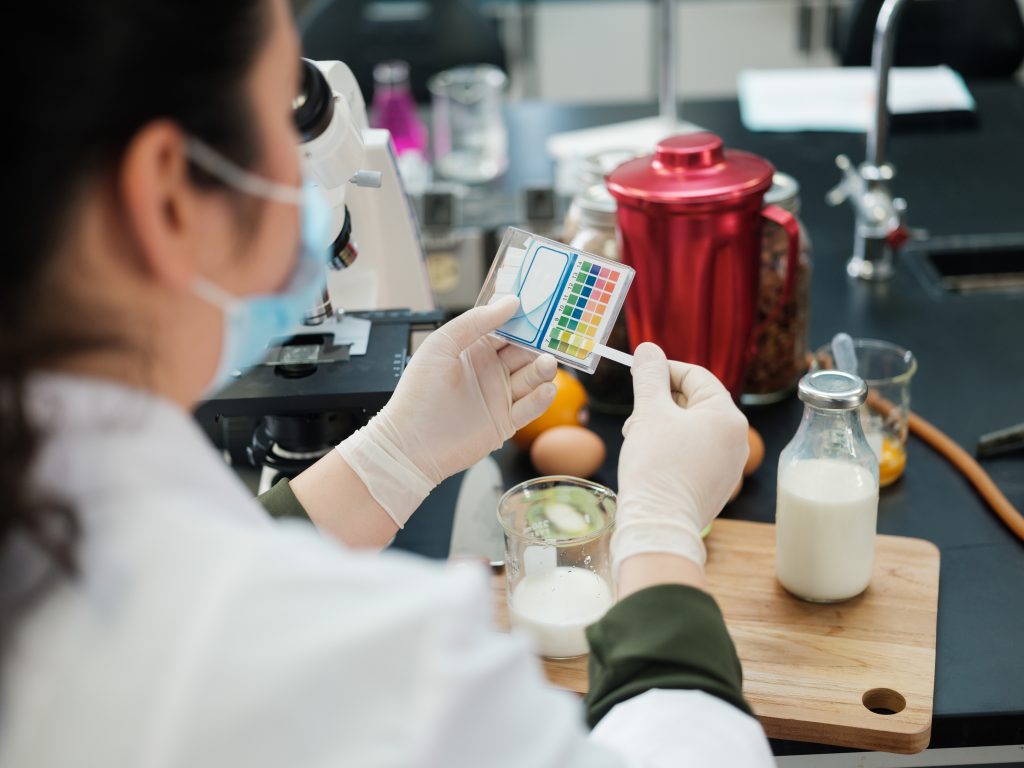
What Is Food Chemistry And How Does It Affect You?
In the modern age, where people are living more healthfully and are more concerned than ever about what they put into their bodies, reliable food chemistry testing has become increasingly important. Without it, businesses could not tell consumers with confidence what exactly is in the food they are eating. Food chemistry testing helps people make safer and healthier choices when it comes to producing and consuming food.
Contact an Expert in Food Chemistry Testing.
What Is Food Chemistry Testing?
Food chemistry testing is a process that we use to verify the contents of the food we eat. It is a way to ensure consistent quality and help us track what we put into our bodies. Food chemistry testing can even help with making food more appetizing, as it shows us what contributes to a more appealing taste, texture and odor when it comes to food.
Food chemistry testing can do anything from telling us how much sugar, protein, carbohydrates or fat are in a certain serving of food to alerting us to the possible presence of foodborne-illness-causing pathogens in food products.
Contact us today for more information.
Types of Food Chemistry Testing Log10 Conducts
Log10 provides the following types of food chemistry tests:
Food Moisture Analysis
Moisture content can have an effect on the taste, shelf-life, texture, weight and other physical properties of food.
Catalase
The catalase test is designed to identify bacteria in food, differentiating safe strains from dangerous ones like Staphylococcus and Bacillus.
Nutrition Labeling
Nutritional analysis allows us to provide complete nutritional information for consumers and make sure food content is in compliance with FDA requirements.
pH
The pH level is important in determining food quality. For example, when water-bath canning, food needs to have a pH of less than 4.6 to avoid harmful bacteria growth. Meat used in the making of fermented products needs to be less than 5.8 pH. The pH of most wine should be between 3.0 and 4.0 to avoid spoilage and achieve optimal taste.
Sodium
High levels of sodium can present great risks to people, especially those with kidney disease or who are on certain medications, so it is vital to be able to accurately assess sodium content.
Titratable Acidity
Used to measure the acidity of beer and wine and considered a more accurate measure than pH with respect to taste.
Water Activity
Greater water activity is correlated with greater bacteria growth.
What Businesses Use Food Chemistry Testing?
Any company in the food and beverage industry can benefit from food chemistry testing. Food chemistry testing can be used for organic food testing, meat species identification, nutritional analysis and more. Food chemistry testing can help your business minimize the risk of food fraud, help ensure you are in compliance with any labeling regulations, and help make sure you are well in accordance with all required FDA measures with respect to the content of your products. Let us help you today!
Contact Log10® for Information About Food Chemistry Testing and Food Safety for Your Business
At Log10®, we specialize in food testing for manufacturing businesses, agricultural concerns, animal feed and pet food businesses, and even seafood businesses. For more information about food chemistry testing and how Log10® can help you with your food testing and safety needs, contact us today.
